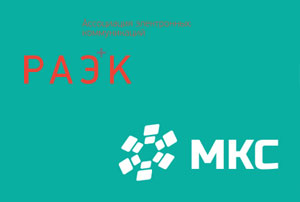Russia is the largest forest state of the planet – there are almost 25% of world reserves of timber on its territory. However, their valuation is significantly higher than the estimate for oil and natural gas reserves. Thus, we can state the fact that the timber industry complex of the Russian Federation is very important but underrated sector of the economy, which has good prospects for growth. This is due to the fact that Russia sent to export primarily roundwood, lumber, pulp, and imported back processed products of its exports – cardboard and paper, furniture, MDF and DSP. Obviously, for the development of the industry it is necessary to develop deep processing of raw materials, increasing the the added cost of harvested timber.
To solve these issues development strategy of Russian forestry complex until 2030 is intended, developed by request of Industry and Trade. It includes the following measures: creation of domestic demand, development of export and technology, the revival of industrial science and education. The ministry expects that the implementation of this strategy will increase the the added cost per 1 m3 of harvested timber is 2.5 times by 2030, to increase the Russian share in the global market for of production of branch and, consequently, make a contribution to country’s GDP more meaningful.
Already in the country investment projects have been acting of deep processing of wood with an investment of over 400 billion rubles. The timber industry clusters with complex processing of timber should also allow increasing investments in the Russian economy, which will be provided to state support. First of all, the creation of such clusters is expedient in the Far Eastern and Siberian federal districts, in areas where a lot of untapped resources of timber. A promising direction for the development of the industry is a wooden construction, which has a lower cost and a shorter period of construction, with respect to construction from brick. Interesting segment for the export softwood pulp is called, increasing the demand for which is estimated at 10 million cubic meters in 2030, viscose cellulose, the demand for which will double in the next 15 years and fuelwood, the world market of which will grow by more than 2 times in 2025.
Sources:
Minpromtorg, Minpromtorg, Minpromtorg




